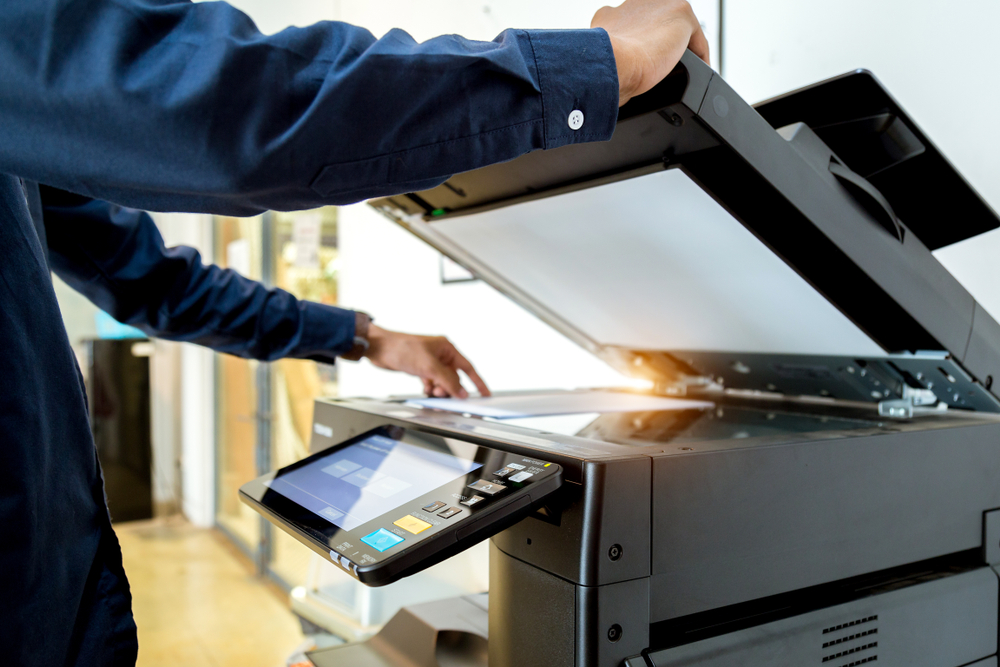Where emails and instant messaging dominate communication, the humble fax machine might seem like a relic of the past. However, despite the rapid advancements in technology, fax machines continue to hold their ground in many industries. Understanding the evolution of fax machines and their enduring relevance reveals why they still matter today.
The Birth of Fax Technology
The concept of faxing dates back to the mid-19th century when Scottish inventor Alexander Bain developed the first primitive fax machine. Bain’s invention used synchronized pendulums to scan images and transmit them via telegraph lines. This early technology laid the foundation for modern fax machines, although it would take several decades before faxing became widely accessible.
The Rise of the Modern Fax Machine
The 1960s and 1970s marked significant advancements in fax technology. The introduction of compact and more affordable fax machines made it possible for businesses to communicate quickly and efficiently. By the 1980s, fax machines had become an indispensable tool in offices worldwide, facilitating the rapid exchange of documents and information. The ability to send and receive signed contracts, medical records, and other critical documents in real-time revolutionized business communication.
The Advent of Digital Communication
With the rise of the internet and digital communication in the 1990s and 2000s, many predicted the decline of fax machines. Email and digital document sharing offered faster, more convenient alternatives. However, fax machines adapted to the changing landscape by integrating with digital technologies. Internet fax services emerged, allowing users to send and receive faxes via email or online platforms without needing a physical fax machine.
Why Fax Machines Still Matter
Despite the prevalence of digital communication, fax machines remain relevant for several reasons. One significant advantage is the security and reliability they offer. Fax transmissions are difficult to intercept, making them a preferred choice for sending sensitive information in sectors like healthcare, legal, and finance. Additionally, fax machines provide a tangible, paper-based record, which can be crucial for legal and compliance purposes.
Fax Machines in the Modern Workplace
In the modern workplace, fax machines have evolved to meet contemporary needs. Many businesses now use multifunction printers that combine printing, scanning, and faxing capabilities in one device. This integration streamlines office workflows and ensures that faxing remains a convenient option. Moreover, the rise of cloud-based fax services has made it possible to send and receive faxes from anywhere, further enhancing their practicality.
The Future of Fax Technology
As technology continues to advance, fax machines are likely to evolve further. The integration of artificial intelligence and machine learning could enhance the functionality and efficiency of fax services. For example, AI-powered fax machines could automatically sort and categorize incoming faxes or even translate documents in real-time. These innovations will ensure that fax technology remains relevant and valuable in an increasingly digital world.
The evolution of fax machines from their early mechanical beginnings to their modern digital integrations highlights their resilience and adaptability. While digital communication has transformed how we share information, fax machines continue to play a crucial role in many industries. Their security, reliability, and ability to provide tangible records make them indispensable tools even in the digital age. Understanding their evolution and enduring significance underscores why fax machines still matter today.


